Ecological Balance Of Organisms In A Habitat:
In any type of habitat, various kinds of organisms live together. This indicates that habitat is able to provide to its inhabitants both the food and climatic conditions in which they can live, breed and flourish. For example- the tropical forests provide the habitat (natural home) for hundred of life forms. The fauna or animals of the tropical forests include rats, bats, rabbits, deer, tigers, panthers, bears, squirrels, monkeys, jungle birds and also snakes, lizards, frogs, fishes such as rohu, trout, murrel and carp, numerous kinds of insects, spiders and other arachnids, snails, earthworms, leeches and various other animals. The flora or plants of the tropical forests are the drought-resistant evergreen tall trees such as sal trees, bamboo trees, a large variety of creepers and shrubs. At this place, each species of plant or animal is able to find the conditions best for their needs of food and general welfare. For this purpose, the entire system is properly balanced and self-sustained and forms an organisational unit of the biosphere, called the ecosystem.
The mode of transfer of energy of food synthesized in plants through a series of organisms of an ecosystem or habitat with repeated eating and being eaten is known as a food chain. Each step of the food chain is called a trophic level. In a habitat, were to occur in various populations, several food chains are operative and often become interconnected to form a complex food web. In a food web, each organism in one trophic level gets its food from more than one group.
The inherent tendency of the animal population is to increase in number. But this increase in number is not infinite, since some regulatory processes tend to maintain the balance of the population size of a given species. For example- if the insect population goes up to a high level in a tropical forest, the predator organisms such as frogs, snakes and birds would feed on them, bringing the prey or insect population down. Thus, due to such predator-prey type interaction, the predator reduces the population load of their prey. Predator’s own number is declined when their predators (called tertiary consumers) consume them.
Further, if there are too many tigers and too few deer or other prey animals, the population of the tigers will have to decline. Since, tigers do not eat grass, they simply would starve to death due to a scarcity of their food supply. As their number is declined, fewer deer will get preyed upon. Consequently, the number of deer will slowly increase.
Such a mutual balance of population’s size can also be observed in the plants in certain aquatic habitats. For example- the water hyacinth (Eichhornia) is a free-floating aquatic plant and is not attached to the soil. It grows so well and so fast in pools, ponds and lakes that it exhausts most of the nutrients from such a lentic habitat. It ultimately covers the water surface so densely that other photosynthetic plants of the habitat are deprived of sunlight. In consequences, all other life forms tend to die in such a habitat due to starvation or loss of nutrients. Such a lake or pond, in which water surface is totally covered with water hyacinth and contains fewer nutrients in the water and almost no living organism, is called a dead pond or dead lake. In fact, a few years back, Hussain Sagar lake of Hyderabad virtually died due to mass appearance of Eichhornia. To restore life and chanting beauty to this lake, the water hyacinth had to mechanically and biologically removed from this lake.
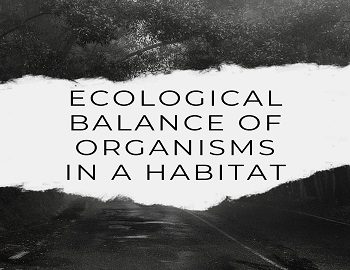

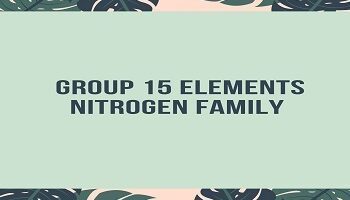
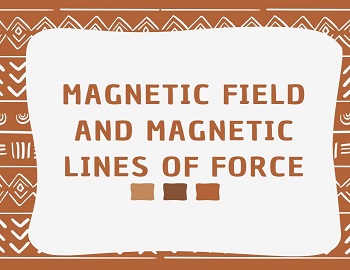


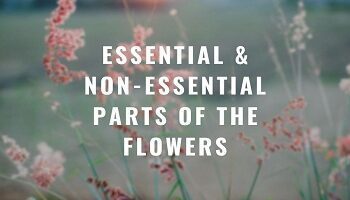
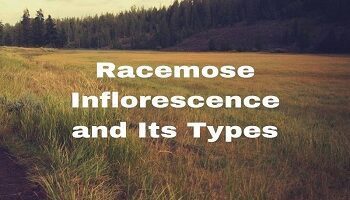

Comments (No)